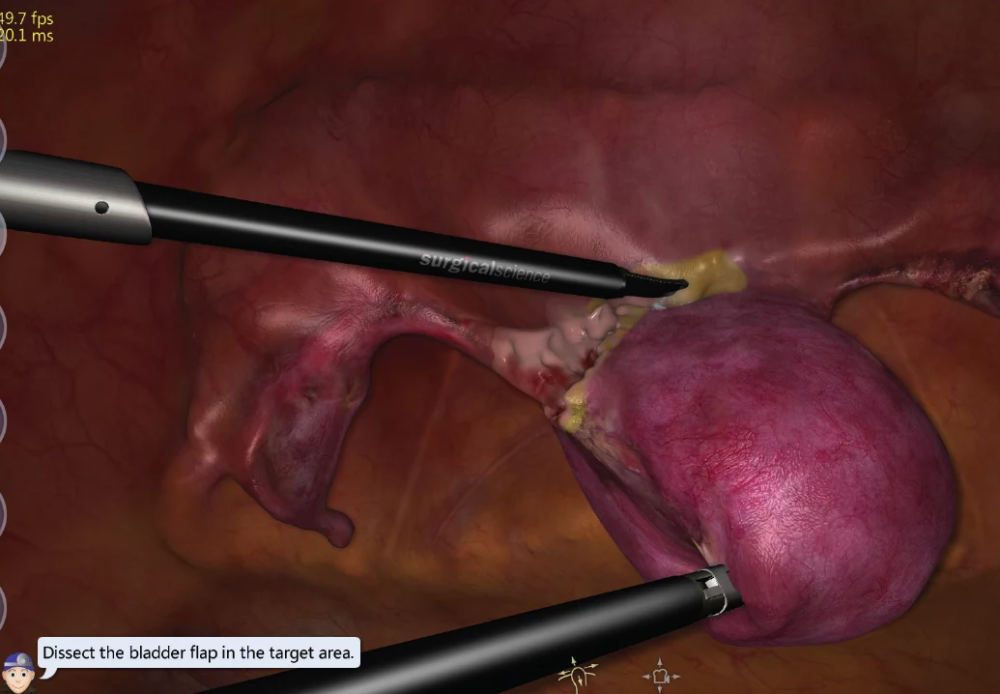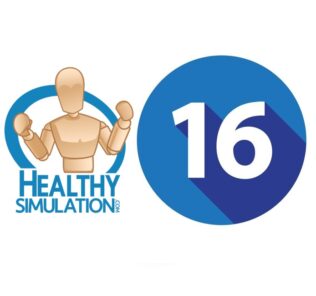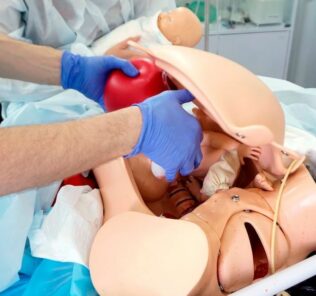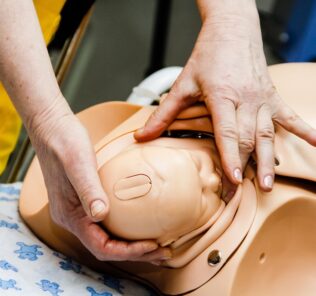The Role of Surgical Simulation in Contemporary OB/GYN Training
The website Contemporary OB/GYN recently asked a panel of Surgeons “What is the Role of Surgical Simulators” in medical education and training? Doctors Jon Einarsson MD, PhD, Charles Ascher-Walsh MD, Gaby Moawad MD, and Malcolm Munro MD took questions from Linda Marie Wetzel RN covering a range of important questions from what fidelity of surgery simulators were applicable to training today’s OBGYN surgeons, to the future of Fundamentals of Laparoscopic Surgery (FLS), and best ways to approach and integrate these modern simulator technologies. Here we excerpt some of the article focusing on surgical simulation, which is linked in its entirety below!
Ms. Wetzel: How do surgical simulators work and can they take the place of actual surgical procedures in training and certification?
Dr. Einarsson: I think simulators have potential to be very useful in training. Low-fidelity simulators-box trainers-are perfectly adequate but the science of simulation is somewhat lacking. Studies show that learner skills do improve after practice with a simulator, compared with results prior to use of the technology. To me, that’s not very surprising. I would be much more interested in knowing whether learners retain knowledge and skills gained from simulators over the long term and if that translates into superior clinical outcomes. Those are important questions and I understand that in medicine, we use intermediate outcomes for teachability sake, but I think we need better science in simulation.
Sponsored Content:
Dr. Munro: Where possible, we also have to try to determine outcomes for simulation training that are meaningful and that will guide us in designing the technology and the way in which it’s used. Simulation is a part of an overall change in the training paradigm that spans a range of components of care such as determining who to operate on and how the surgeon should be prepared to execute the technical aspects of performing the procedures. Our disease state management is basically that of uterine and adnexal disease so our training has to be in that context.
Ms. Wetzel: What kind of simulators are currently available and what do practitioners need to know about using them? Which simulators do you prefer and why?
Dr. Munro: I think the first consideration is framing what is it that you’re simulating. In gynecologic surgery, we have abdominal access, both laparotomic and laparoscopic approaches, the latter done with and without microprocessor assistance. Vaginal approaches include hysteroscopic technique and surgery on the cervix and, hysterectomy when removal of the uterus is necessary. Should all of those aspects be simulated for residency training? The American Board of Obstetrics and Gynecology (ABOG) has acknowledged the importance of simulation-based training in laparoscopy by requiring that residents in obstetrics and gynecology graduating after May 31, 2020 pass the Fundamentals of Laparoscopic Surgery (FLS) examinations developed jointly by the Society of American Gastrointestinal and Endoscopic Surgeons and the American College of Surgeons. Many residency programs, however, have trouble affording a surgical simulator unless it’s inexpensive. But there is really no evidence that VR laparoscopy trainers do a better job at what is being measured than the low-fidelity systems.
Dr. Moawad: If we’re going to devise surgical simulation, first we need to determine its goal. If we’re looking at training for depth perception, hand-to-hand coordination and ambidexterity, which are the basic principles of surgery, I believe that low-fidelity simulators are always the best. What they lack is the feel of real tissue and plane dissection. The latter can be learned by watching realistic videos. I think virtual simulation has a role if we’re looking at the efficiency of movements and how to maximize it. Calculations can be done about the number of unnecessary moves to establish how efficient a surgeon is.
Sponsored Content:
Dr. Munro: I think we may potentially be able to use simulation to help identify who should or shouldn’t be admitted to surgical training programs. Ability to use a surgical simulator could be a criterion for entry, either into residency or into a fellowship. For years now, in North America, dentists have had to demonstrate manual dexterity in order to get into dental school. I don’t know what evidence the dentists had when that criterion was introduced, but it doesn’t matter how smart you are if you can’t do a good job with manual skills. Simulation-based testing also could function as a formative examination for surgical skill, a skill-based component of the CREOG in-training exam (ITE).
Ms. Wetzel: What other options for simulation are on the horizon and do you see simulators being integrated more completely into your own clinical practices?
Dr. Einarsson: I think that the most exciting thing that’s on the horizon is really the launch of the Essentials in Minimally Invasive Gynecology (EMIG) test, which has been in development for some time now by AAGL, ABOG, and CREOG. EMIG is a three-part program designed to aid and evaluate the acquisition of manual and cognitive skills in hysteroscopic and laparoscopic surgery. It includes a curriculum, written examination, and manual skills test. I hope EMIG will be integrated into clinical practice in the near future and hopefully represent a minimum standard of proficiency in hysteroscopy and laparoscopy that providers should have to meet to have the privilege of operating on patients.
Dr. Moawad: Where I see simulation, not only for the novice surgeon but also for the experienced surgeon, is integration of case-specific simulation. For example, anatomy could be reconstructed in three dimensions (3D) based on imaging and then the trainer, the mentor and the learner could use it to review that specific case. We might use it to simulate models for incision of fibroids or to test scenarios for addressing a complex case in a different way. In the future, 3D printing and reconstruction combined with case-specific simulation may prove very helpful before the case itself.
Dr. Munro: I agree. There are certain circumstances in which a case may be so challenging that 3D reconstruction could help identify who you need in the room, what resources, and even where to dissect. For example, for complex neurosurgery, surgeons are increasingly using 3D reconstruction using of MRI volumes and 3D printers have been used to assess vascularity and other factors, allowing the surgeons to understand how to dissect in a very difficult field. As Dr. Ascher-Walsh said, we aren’t even remotely close to that but I think one of the potential advantages of a true virtual reality immersive experience, is the opportunity to actually practice the operation and be a little bit closer to what happens, like commercial or fighter aircraft simulation, where it really is a realistic immersive experience. In fact, the simulation systems for fighter aircraft are so sophisticated, that training planes are no longer made – the pilot goes straight from the simulator to solo flying in aircraft worth hundreds of millions of dollars.
Read the Full Panel Interview on Contemporary OB/GYN Here!
Sponsored Content:

















